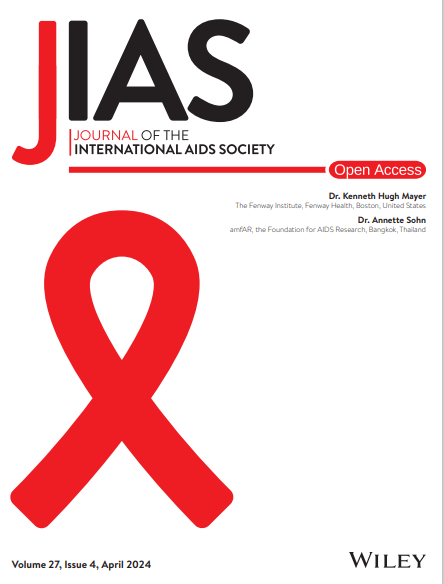Cost-effectiveness analysis of a community-based model for delivery of antiretroviral therapy to people with clinically stable HIV in Cambodia
Abstract
Introduction
In Cambodia, of all people living with HIV, 89% knew their status, 89% were receiving antiretroviral therapy (ART) and 87% had their viral load suppressed in 2023. In 2017, the national HIV programme introduced the multi-month dispensing (MMD) model to reduce visits to ART clinics, thereby reducing the burden on people living with HIV and health facilities. A quasi-experimental study introduced the community ART delivery (CAD) model, where community action workers (CAWs) delivered pre-packaged antiretrovirals to their peers in the community. This study examined the cost-effectiveness of the CAD compared to the MMD model.
Methods
This study was conducted between 2021 and 2023 and involved 2040 stable people living with HIV in the CAD arm and 2049 in the MMD arm. Baseline and endline surveys included self-reported ART adherence, quality of life, and medical and non-medical expenses. Intention-to-treat analyses (ITTs) were conducted based on participants’ original treatment assignment, with multiple imputations performed for participants lost to follow-up at the endline. Incremental cost-effectiveness ratios (ICERs) on ART adherence and quality of life were generated using health system and societal perspectives. Cost-effectiveness thresholds (CETs) were one-time gross domestic product (GDP) per capita and opportunity cost.
Results
Both arms observed a decline in ART adherence and good physical health, with a decline in CAD less than in the MMD (p-value < 0.001). Similarly, a reduced proportion of participants reported good mental health across both arms; however, the difference was statistically insignificant. The ICERs for good physical health at the health system and societal levels were below the one-time GDP per capita (Incremental Net Benefit = 77.49−83.03) but exceeded the opportunity cost CET. The ICERs for ART adherence at the health system and societal levels were above both CETs.
Conclusions
The results showed that the CAD model was cost-effective in reducing the decline in the physical health of people living with HIV during the COVID-19 pandemic in Cambodia when a less stringent threshold was used. Further investigations are required to ascertain the cost-effectiveness of the CAD model by factoring in the productivity gains within the health system.
Clinical Trial Number
NCT04766710


 求助内容:
求助内容: 应助结果提醒方式:
应助结果提醒方式:


